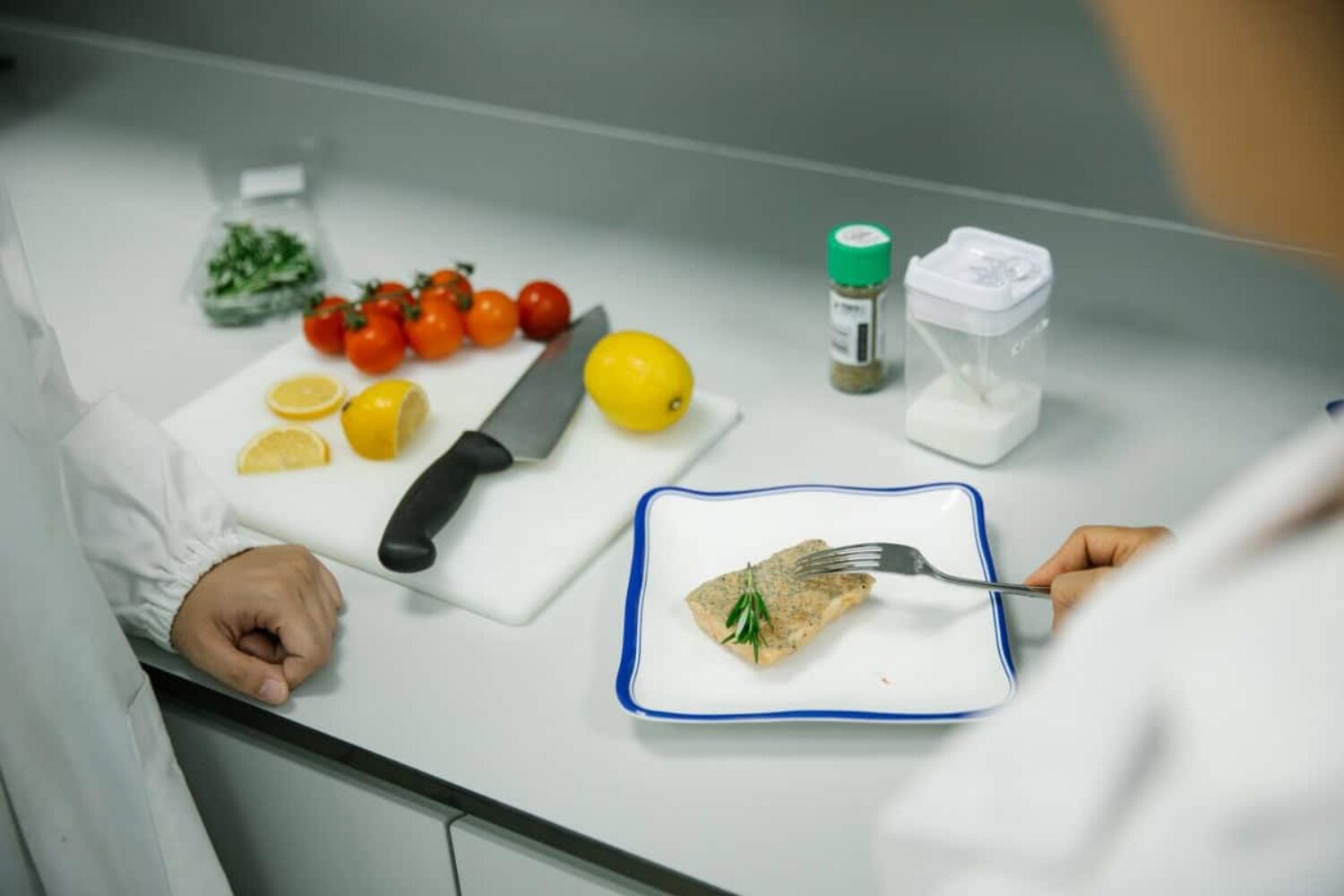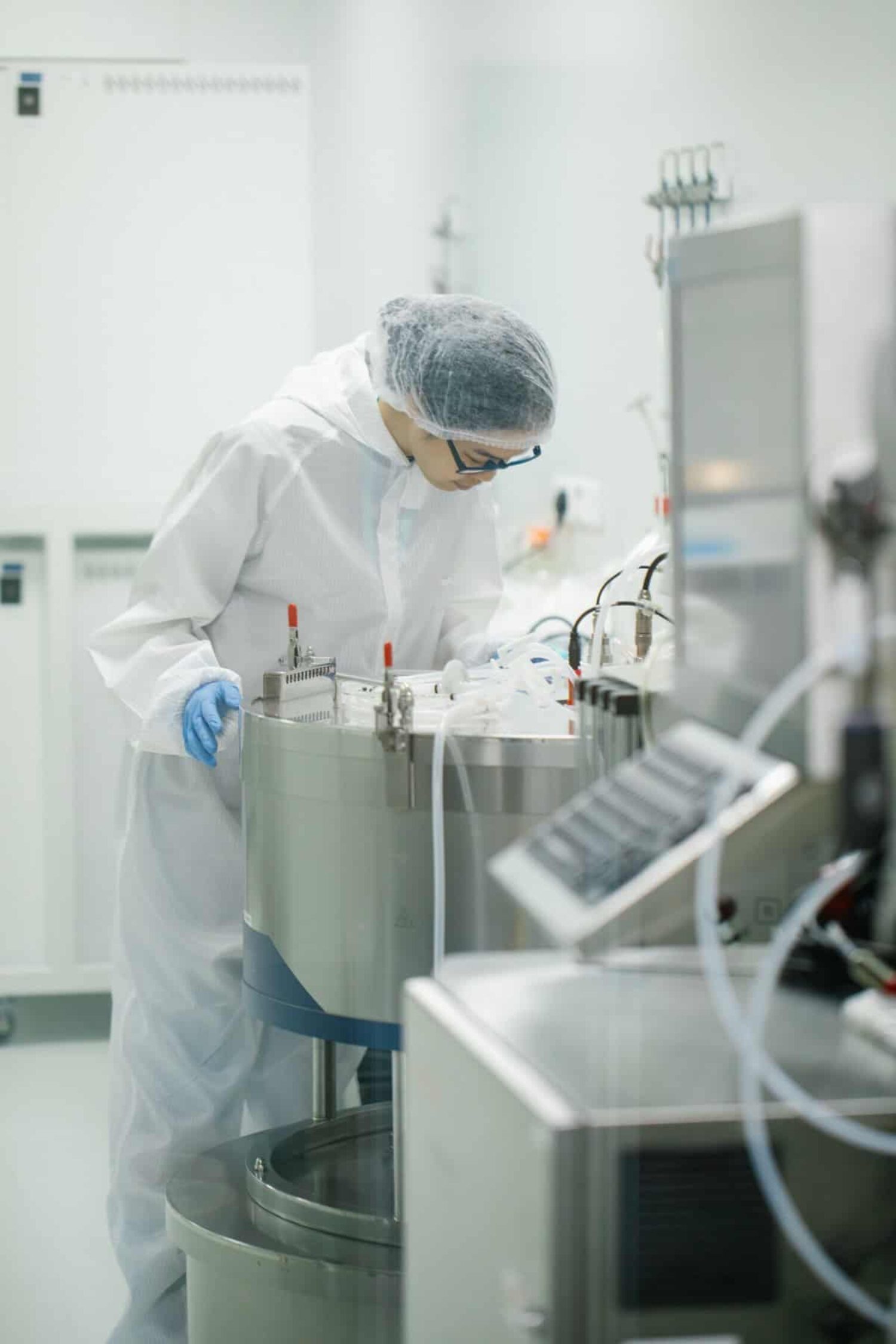"Dream, Dream, Dream! Conduct these dreams into thoughts, and then transform them into action."
- Dr. A. P. J. Abdul Kalam
"Dream, Dream, Dream! Conduct these dreams into thoughts, and then transform them into action."
- Dr. A. P. J. Abdul Kalam
7 May 2024
It takes some time getting accustomed to seeing workers in lab coats manipulating gleaming steel vats. Compared to commercial poultry barns and slaughterhouses, it's a long cry. This is cellular agriculture, which involves farming using cells rather than animals on a small scale. And perhaps even the way the globe obtains protein in the future. Interest in lab-grown proteins is surging as worries about the ethics, pollution, health, and land usage of animal raising rise. With cattle contributing more than one-third of the world's greenhouse gas emissions from food production, lab-cultured meat looks to be reaching a tipping point and might be a key ally in sustaining the net zero goal.

Chan's choice to prioritize fish was influenced by her upbringing in Hong Kong, where the seafood is a
dietary staple.
(Source: Google Images)
“Traditional ways of producing meat are continuously and increasingly under threat due to climate change and the risk of pandemics,” she says. “Food security is a big concern for many governments, and we’re offering an additional solution.”Mainstream adoption of ‘alt-proteins’ such as dairy-free milk in coffee and entirely lab-grown cheeseburgers has been touted as an important marker for one of three ‘super leverage’ tipping points with the potential to turbo-charge the planet’s transition to net zero. Meat and dairy consumption account for around 14% of total carbon emissions. The impact of eating fish meanwhile is more deeply connected to the damaging effect it has on the ocean’s ecosystem. Chan’s journey from meat-eater to activist began in 2014. She started thinking about lessons she’d learned years earlier in school about some of the factors behind hunger and famine: poorly managed land, and crops that might feed humans being used instead to rear beef cattle and poultry.
Her Prespective & Work ~

Lab culturing offers a faster, parasite-free, and environmentally friendly alternative to traditional fish
farming
( Source: Google Images)
"I'll just eat veggies," Chan remembers making the decision. "I assumed it must be benefiting my body because I felt so light after eating and slept well. The more research I did, the more I realized that stopping to eat animal products was a one-way trip. She gave up her job as an architect in 2018 to accept a part-time position with the Lever Foundation, a US-based nonprofit that promotes alternative proteins mostly throughout Asia. Lever's venture capital division, Lever VC, was heavily investing in the then-emerging farmed meat sector, which was mostly based in the West. Seeing a chance to bring it home, Chan launched Avant Meats with Lever's assistance and financial support. Her background in Hong Kong, where meals are frequently heavy in seafood, influenced her decision to concentrate on fish. 200 million tons of fish and seafood are produced annually worldwide, with a market valued at $676.2 billion (£534 billion). More than 88% of that output is produced in Asia, which also consumes almost two-thirds of it. Although some wild fish have a low carbon footprint overall, the global fishing fleet releases around 144 million tonnes of CO2 per year, and a third of our fish populations are currently overfished. Aquaculture, or the farming of fish, is booming in response to the rising demand for fish protein worldwide. Owing to the sector's explosive expansion, wild capture has currently surpassed annually by 30 million tons. While technology has made aquaculture more sustainable and efficient, some farmed species—like tilapia, which is raised widely in China—may have a higher carbon footprint than chicken.
Avant Meats begins by harvesting a cell sample from a living fish and growing it over four to six months to build a starter cell culture, which can be duplicated time and time again. The starter is stored in a dormant, frozen state for future use, and a couple of million cells at a time are grown by feeding them nutrients inside a bioreactor. After six weeks, there’s sufficient cell mass to create an edible product, and, as what emerges from Avant Meat’s tanks resembles an unappealing, fishy protein slurry, it is blended with plant-based ingredients to give it form and texture. Lab culturing is around four times quicker than farming fish, and its sterile environment means there are no parasites to worry about, no animal welfare issues, nor any of the heavy metals, microplastics, or transport-related emissions associated with a wild catch. There’s no need to turn land over to growing fish feed, and by licensing Avant Meats’ technology, Chan hopes the supply of seafood can be decentralized to meet local needs. Some analysts forecast that cultivated meats could make up 35% of global meat consumption by 2040. In recent weeks, news of the emergence of lab-grown eel raised excitement about the potential for millions of people to eat the popular sushi staple without damaging the underwater ecosystem. However, research demonstrates that many consumers are still chewing over the idea of adding lab-grown meat to their menus, with perceptions that it is unnatural or unhealthy fuelling reluctance.
Chan concludes by advising anyone uncomfortable with the concept of lab grown meat to look at what's in their refrigerator or what their neighborhood bar is serving. She notes that a bioreactor is essentially a more elegant and sophisticated fermenter. "Microbiology is nothing new; we have been employing microbes to produce food for years, much like when we create yogurt or beer. There's nothing overly sci-fi about it in the end. However, it could take until the end of the decade for the typical supermarket customer to be able to taste a fish finger that was created in a lab. Even while Avant Meats is expanding quickly—it just increased production and opened a pilot plant in Singapore—it and similar businesses must traverse a sea of bureaucratic red tape. Only the US and Singapore have authorized a small number of grown meat products for widespread distribution thus far. Investors may be wary because of the existing high start-up expenses and an end product that is around three to five times more expensive than an organically produced counterpart grown traditionally.